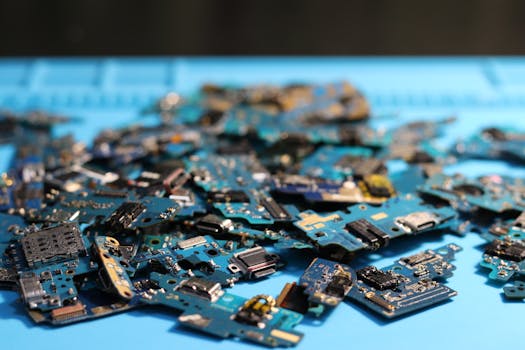Portable AI Devices in 2025: What to Expect
9/23/2025 · AI & Devices · 8 min

TL;DR
- Portable AI gadgets in 2025 range from offline voice assistants to neural accelerators in pocketable form factors.
- Expect three tiers: lightweight assistants for prompts, midrange devices with on-device models, and high end with dedicated NPUs for local inference.
- Best picks by use case:
- Quick voice tasks and notes: tiny assistant devices with long battery life.
- On-device creativity and productivity: midrange devices with 3 to 8 TOPS NPUs and 8 GB RAM.
- Professional local inference and privacy first: high end units with 15+ TOPS and robust cooling.
Performance Tiers
- Lightweight assistants: optimized for low power and short responses. Great for dictation and simple prompts. They rely on small local models or cloud fallback.
- Midrange on-device models: balanced for offline chat, transcription, and image tasks. Typically feature 3 to 8 TOPS NPUs and 6 to 12 GB RAM.
- High end portable NPUs: made for heavier workloads like real time image processing and larger language models in trimmed form. Expect higher power draw and thermal considerations.
Battery, Thermals, and Real World Use
- Battery life varies with workload. For lightweight assistant tasks you can expect 24+ hours standby and 8 to 12 hours active use.
- Midrange devices often trade battery for performance; heavy local inference can reduce active time to 2 to 4 hours.
- Cooling matters. Passive designs are silent but may throttle under bursty model inference. Active cooling keeps sustained performance but adds size and noise.
Connectivity and Ports
- Wi Fi 6E and Bluetooth 5.3 are common for pairing and cloud fallbacks.
- USB-C with power delivery and DisplayPort alt mode is handy for docking and external compute.
- Some devices include microSD slots for storage expansion. Check for fast UHS ratings if you plan local model storage.
Privacy and On device Models
- On device inference keeps data local and reduces latency and cloud costs. Prefer devices that document model versions and update practices.
- Check how updates are delivered and whether models are open or proprietary. Local model support and clear privacy policies are key.
Software Ecosystem and Developer Tools
- Look for devices with SDKs and support for popular runtimes like ONNX, TensorFlow Lite, and PyTorch Mobile.
- Web based companion apps and cloud sync improve workflow, but confirm which features require cloud processing.
Which Should You Buy?
- Choose a lightweight assistant if you want long battery life and simple voice tasks.
- Choose a midrange device for offline productivity, transcription, and occasional creativity on the go.
- Choose a high end portable NPU device if you need sustained local inference for pro tasks and value privacy.
Buying Checklist
- Performance tier and NPU TOPS estimate.
- RAM and local storage capacity.
- Battery capacity and expected active use time.
- Cooling and form factor preferences.
- Connectivity: Wi Fi, Bluetooth, and USB-C features.
- Software support and privacy policy.
Bottom Line
Portable AI devices in 2025 are practical for a range of tasks. Match the device tier to your primary use case and be realistic about battery and thermal trade offs. If privacy and offline capability matter, prioritize on device models and clear update policies.
Found this helpful? Check our curated picks on the home page.